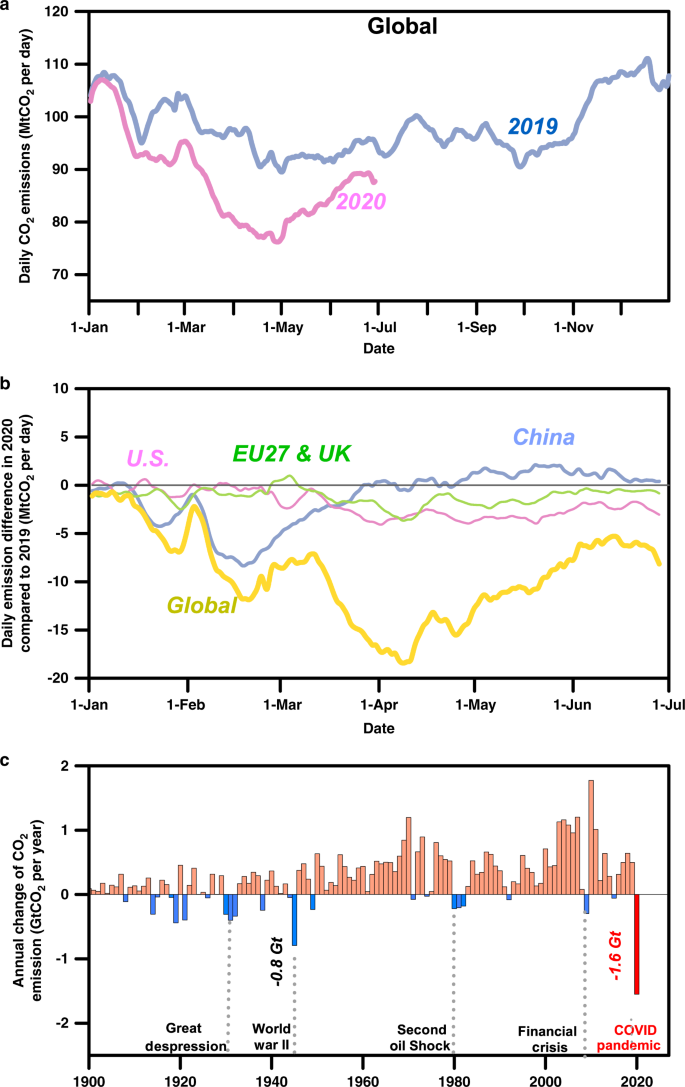It is common knowledge that the climate crisis is going to continue to worsen unless something is done to correct it. However, there is no concrete plan in order to do this, from the action itself to the implementation of it. The politicization of climate change also makes coming up with a solution exponentially more difficult, because bills to help ease climate change often result in votes that have clear splits based on political party. Recently, President Joe Biden has proposed the $2 trillion “Build Back Better” Act. This funding and these efforts would push the United States in the direction that they announced they would be moving in at the 2021 United Nations Climate Summit in Glasglow, UK. The proposed plan would put the US at 50% below the levels in 2005. The legislation would allocate $550 billion to energy and climate programs, with the research and development budget more than doubling if it passed. The climate change portion of the bill constitutes the majority of it, and if passed, it would become the largest climate change law in the history of the United States.
These proposed efforts are projected to reduce annual emissions in the US by about 700 million to 1.3 billion tons of carbon dioxide by 2030. This reduction, well below 2005 levels, would help to keep the Earth from surpassing the 1.5 degrees Celsius increase that is predicted to cause catastrophic results. The bill would also increase the funding and the efforts toward capturing greenhouse gasses emitted by factories and power plants. It would fund clean energy, like wind, solar, hydropower, and nuclear power. There would also be tax breaks for those taking advantage of renewable energy resources like electric cars.
Included in the plan is also an expansion of health coverage, investment in affordable housing, and increased taxing on the wealthy and on corporations. However, while the bill was able to pass through the House in November, Democrats currently lack a majority in order to get the bill approved in the Senate. A few Democrats are also in opposition of the bill because of their links to industries like coal that would be cut down by the bill’s renewable energy initiatives. Without the bill, major emission cuts would be placed on the shoulders of the Environmental Protection Agency (EPA), but their efforts do not have anywhere near the amount of authority that a bill like this does. However, there is some hope for emission reduction, with new policies recently put in place that aim to make the industrial sector more sustainable.



